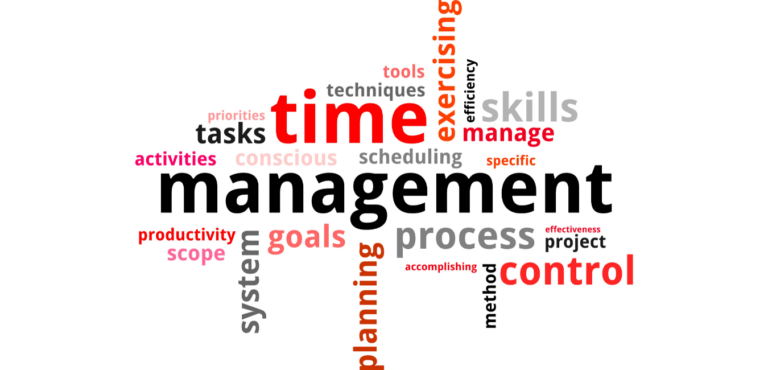“Your organization’s culture: It’s either an asset or a liability. At this very moment, your culture is helping business performance. Or hurting it.”
― Tanya Mann, Five Frequencies: Leadership Signals that turn Culture into Competitive Advantage
From day one, an organization (or even a team) will start to build elements of culture. How people think, feel, or believe about their team, position, product, or service, or how the company takes shape. Some of it is a reaction to their surroundings; management’s guidance drives it more. Organizational culture is how its character, climate, ideology, and image are cultivated, maintained, and strengthened over time.
A company can guide culture with incentives such as money, status, recognition, and advancements. They can also influence it with sanctions. The background of each individual can also determine culture. Perspectives can drive how culture evolves. Culture is not static; it ebbs and flows. Management can define how they want the company to be perceived and strive to that end, and ultimately culture is a reaction to that guidance. Culture is not based on one person. Human intellectual achievement is a collaboration of many. It informs the core of each action, and only then can it endure.













